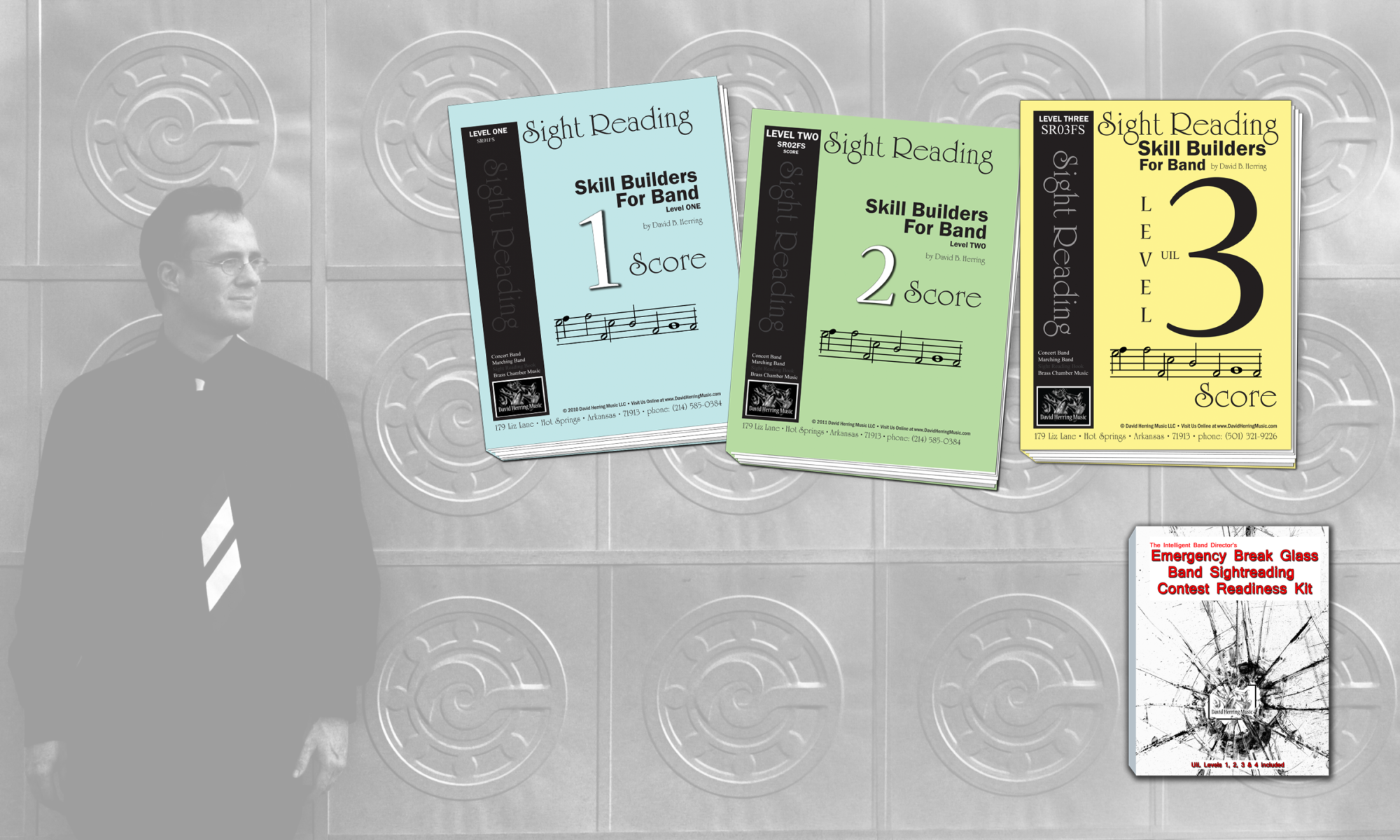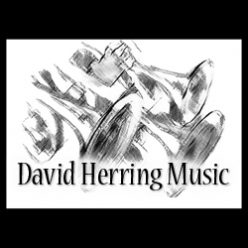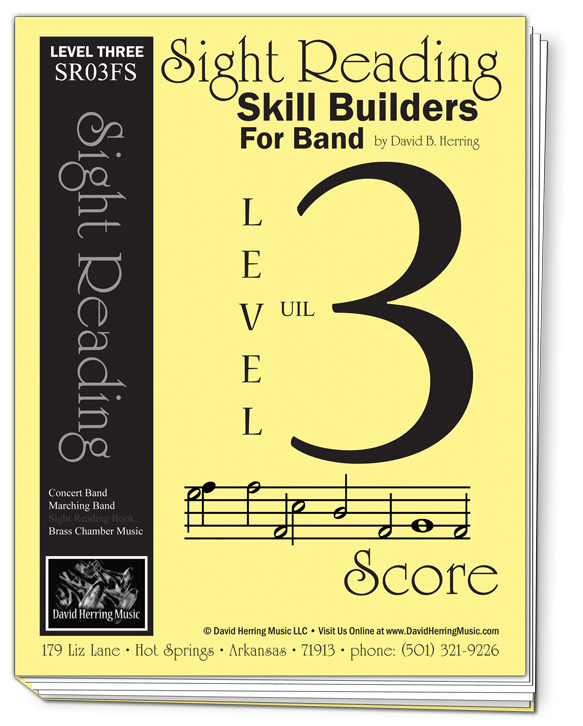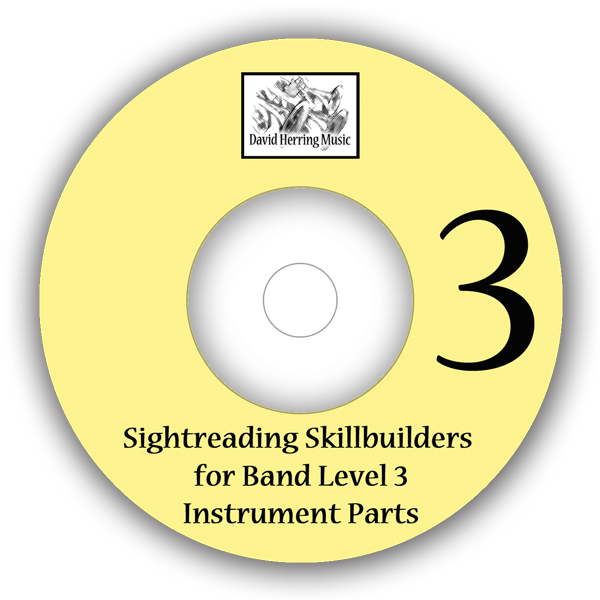
Having an organized plan is the first key to be efficient, which is is the first stepping stone to managing your time, getting more done and spending more of your time doing the things you want to do, not what you HAVE to do.
Everyone has a plan. Some are bad plans, but everyone has a plan. If your plan for sightreading feels like the photo above then you probably don’t have the best plan.
If you are moving through stacks or files of paper and constantly trying to find a piece of music to practice keyminders, or sightread a song and struggling to find something that is at the level of your players (not to advanced, or to easy then you need to evaluate your plan.
Just think of how much time this is taking you, daily, weekly, monthly and yearly.
You should add it up.
When I teach time management one of the things I teach is a time journal. You’ll be shocked at how much of it you waste.
For your band, I can tell you that the most efficient system available for sightreading instruction is the David Herring Music Sightreading Skillbuilders.
It is an organized step by step system, done for you designed note for note to cover the UIL standards.
Just get your copy and open the book, go in order and your band is ready for contest.
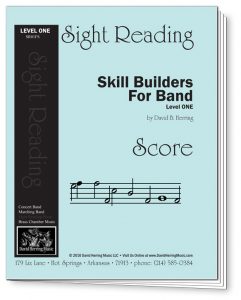
Check out Level One by clicking HERE
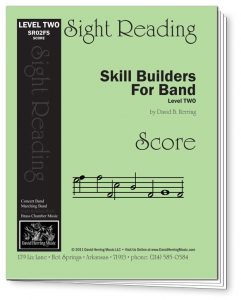
Check out Level Two by clicking HERE
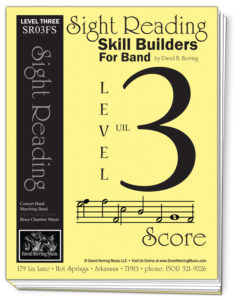
Check out Level Three by clicking HERE
Bound Directors score and all instrument parts on disk for you to print as many copies as you need are available now. We accept credit cards, checks, and school P.O. numbers. Contact us at 501-762-6620 or email contact@sightreadingforband.com
Clear the clutter and allow us to help you get organized.
David Herring Music Sightreading Skillbuilders Systems are also available at Pender’s Music, JW Pepper, and RBC Music

